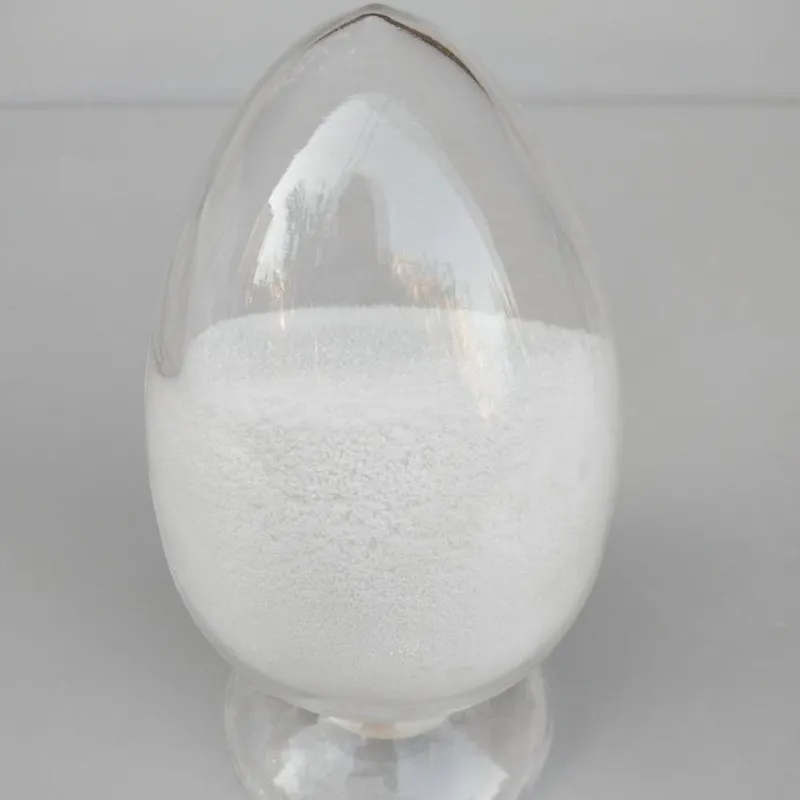
kinds of fertilizer
Understanding Different Kinds of Fertilizer
Fertilizers play a crucial role in agriculture, gardening, and landscaping by providing essential nutrients to plants. Depending on the nutritional needs of different plants, various kinds of fertilizers are available on the market today, each with its unique characteristics and benefits. Understanding these types of fertilizers can help gardeners and farmers choose the right one for their specific needs, enhancing plant growth and productivity.
1. Organic Fertilizers
Organic fertilizers are derived from natural sources such as plants, animals, or minerals. They include compost, manure, bone meal, and fish emulsion. One of the primary advantages of organic fertilizers is that they improve soil structure and enhance its ability to retain moisture and nutrients. They also promote beneficial microbial activity in the soil, which can lead to increased nutrient availability for plants over time. Organic fertilizers are generally considered safer for the environment, reducing the risk of chemical runoff that can pollute water sources.
2. Inorganic (Synthetic) Fertilizers
In contrast to organic fertilizers, inorganic (or synthetic) fertilizers are chemically manufactured and typically contain higher concentrations of nutrients. Common forms include ammonium nitrate, urea, and superphosphate. These fertilizers are quickly absorbed by plants, providing a rapid nutrient boost. However, their use can lead to soil degradation over time, and excessive application can cause nutrient runoff, which may harm aquatic ecosystems. Careful application according to soil tests is essential to prevent these issues.
3. Slow-Release Fertilizers
kinds of fertilizer

Slow-release fertilizers are designed to release nutrients gradually over an extended period. They are often coated with materials that control the rate of nutrient release, providing a steady supply of nourishment to plants rather than a quick burst. This type of fertilizer is particularly beneficial for container gardening or areas where it is challenging to regularly apply nutrients. Slow-release fertilizers help reduce the risk of nutrient leaching and can lead to healthier plants with less frequent application.
4. Liquid Fertilizers
Liquid fertilizers are often used for quick nutrient absorption and can be applied directly to the soil or as a foliar spray. They come in various formulations, including soluble powders or ready-to-use solutions. The immediate effect of liquid fertilizers makes them ideal for correcting nutrient deficiencies in plants. However, they require more frequent application compared to granular forms, as their effects may not last as long.
5. Specialty Fertilizers
There are also specialty fertilizers tailored to specific plants or growth phases. For instance, bloom booster fertilizers are higher in phosphorus and are used to promote flowering, while fertilizers formulated for vegetables may have a different nutrient ratio to support fruiting and growth. These specialized fertilizers help meet the unique needs of different species, ultimately improving health and yield.
In conclusion, choosing the right type of fertilizer depends on several factors, including plant type, soil conditions, and the desired growth effect. Whether opting for organic, inorganic, slow-release, liquid, or specialty fertilizers, understanding the characteristics and appropriate applications of each can lead to healthier plants and more productive gardens and farms. Proper application and timing can ultimately maximize the benefits of fertilizers, ensuring sustainable growth and minimizing environmental impact.
-
Pure Sodium Dichloroisocyanurate Dihydrate | Powerful DisinfectantNewsAug.29,2025
-
Industrial Chemicals: Quality & Purity for Every IndustryNewsAug.28,2025
-
Nitrile Rubber Honoring Strict Production StandardsNewsAug.22,2025
-
Aspartame Ingredients Honoring Food Safety ValuesNewsAug.22,2025
-
Fertilizer for Balanced Plant NutritionNewsAug.22,2025
-
Cyanide Gold Processing with High Purity AdditivesNewsAug.22,2025
-
Formic Acid in Textile Dyeing ApplicationsNewsAug.22,2025
Hebei Tenger Chemical Technology Co., Ltd. focuses on the chemical industry and is committed to the export service of chemical raw materials.
-

view more DiethanolisopropanolamineIn the ever-growing field of chemical solutions, diethanolisopropanolamine (DEIPA) stands out as a versatile and important compound. Due to its unique chemical structure and properties, DEIPA is of interest to various industries including construction, personal care, and agriculture. -

view more TriisopropanolamineTriisopropanolamine (TIPA) alkanol amine substance, is a kind of alcohol amine compound with amino and alcohol hydroxyl, and because of its molecules contains both amino and hydroxyl. -

view more Tetramethyl Thiuram DisulfideTetramethyl thiuram disulfide, also known as TMTD, is a white to light-yellow powder with a distinct sulfur-like odor. It is soluble in organic solvents such as benzene, acetone, and ethyl acetate, making it highly versatile for use in different formulations. TMTD is known for its excellent vulcanization acceleration properties, which makes it a key ingredient in the production of rubber products. Additionally, it acts as an effective fungicide and bactericide, making it valuable in agricultural applications. Its high purity and stability ensure consistent performance, making it a preferred choice for manufacturers across various industries.





